|
Coffee is liquid gold, an elixir brewed of earth and heaven. A delight to the senses, it envelops your nose with distinctly earthy tones twisted with a rich nutty tang. Its warmth is soft on lips and comforting against your palms. And of course, there's nothing quite like the smooth, bold flavor of coffee on the tongue. With sound medicinal effects for the body and stimulating effects on the mind, its no wonder so many of us are absolutely addicted to the drug that is coffee. Despite my deep affection toward this enchanting drink, common methods for making coffee conflict quite a bit with my sustainability morals. Modern coffee brewing methods have evolved into plastic K-Cups and disposable coffee filters. Not to mention the plastic machines that, once tired of diligently brewing, get tossed. Classic coffee brewing tends to be a bit too wasteful for my liking, after all it is another manifestation of single use culture. Surprisingly enough, I've found switching to sustainable coffee brewing methods just as easy, if not easier, than their conventional counterparts. My coffee journey begins in high school. A summer evening early in my sophomore year, my dad bought me my first Starbucks coffee. It was a vanilla latte, and as a naive unsweetened tea enthusiast, I asked for it unsweetened. Needless to say, I wasn't much of a fan. I liked it, but didn't really see what all the hype was about. Well, fast forward a bit, and my boyfriend was bringing me coffee with cream and honey every morning. I was hooked. It wasn't until after we'd split that I started investigating ways to make my own coffee in the morning. The Keurig I started out with the classic teenage girl coffee essential: a Keurig. I fell culprit to the ease of pre-packaged coffee in neat little single serving cups. However, as I became a more refined coffee drinker, I craved specialty brews. After quite a bit of googling, I found a solution, the reusable K-Cup! I picked mine up at Target, but you can find 'em online as well. I had a cute purple one, and I packed it with a variety of exotic dark roasts (I had graduated to drinking black coffee by now). The Classic Coffee Brewer You know the drill. That machine you've somehow had for more years than you've even lived. The glass is dingy and yellowish and the plastic is packed with coffee in all of its crevices You cringe a little when you lift the soggy fliter at the grounds that have slipped by over the years and nested themselves along the edges. When guests are over, you hide it away in the pantry or tell them how your next purchase will be a Nepresso, but secretly, you're attached to the old coffee machine. It's okay. You can keep it. Believe it or not, there is a coffee solution that doesn't require a disposable coffee filter. Much like the Keruig counterpart, reusable coffee filters have made an appearance in supermarkets and online stores. Just make sure you check your measurements to ensure the filter will work for your machine. And maybe your guests will be impressed by your efforts to support a greener future, too. The French Press My personal favorite coffee method is hands down my french press. It is quick, easy, and doesn't leave you with too many things to clean. You can easily control the strength of your coffee or make a rich smooth cold brew. You can even brew loose leaf teas. It really is a versatile little contraption, and an amazing tool for those of us aiming to reduce our waste. Simply pour boiling water over your grounds, wait a few minutes, and plunge. That's it. I was lucky enough to find one at a thrift store, keep your eyes open (support a circular economy)! The Pour Over I cannot speak from experience on this one, but I have have seen this method of coffee brewing gain popularity recently, even appearing on supermarket shelves. Just make sure to opt for one with a reusable filter. The Grounds So, as you can see, there are plenty of ways to brew without utilizing single use methods, but how can sustainability extend to the grounds themselves? After years of refining my coffee process, I've finally found one that is truly zero waste (consumer level). I bring my reusable mesh bags (skip this step and fill up your jars directly if your supermarket allows) to fill up with bulk coffee from a grocery store. I snap a picture of the PLU number to show the cashier. Once I'm home, I transfer the beans to mason jars that were once spaghetti sauce jars to keep them fresh. Each morning I pour a small amount in to my thrifted coffee grinder and to the french press it goes! Not only is it low waste, but also much fresher when the beans are ground immediately before usage. Remember to read the labels to check the coffee is ethically produced. Look for the Fair Trade, Rainforest Alliance, and USDA organic (if you're into that) certifications.. UTZ and Bird-friendly certifications are entitlement too. Be wary of greenwashing phrases, like "all natural" or "sustainably grown". It's never a bad idea to research the companies you invest in. Sustainable farming promotes local and organic farms, utilizes renewable energy sources, and crop diversification. Coffee grounds have life after coffee! Grounds make excellent editions to homemade skin care, they are rich with antioxidants and an effective exfoliater. Or, if you prefer, add them to your compost. Consider the landfill hereby ~bypassed~. Don't forget your reusable to-go coffee cup. Sip sustainably my friends.
0 Comments
Leave a Reply. |
AuthorJessi Nida Natural living enthusiast, beach bum, waste-reduced, environmentalist, plant-based, student, artist, yogi, plant mom, Virgo, human, soul
Archives
April 2020
Categories
All
|
Powered by
 Create your own unique website with customizable templates.
Create your own unique website with customizable templates.
 Create your own unique website with customizable templates.
Create your own unique website with customizable templates.
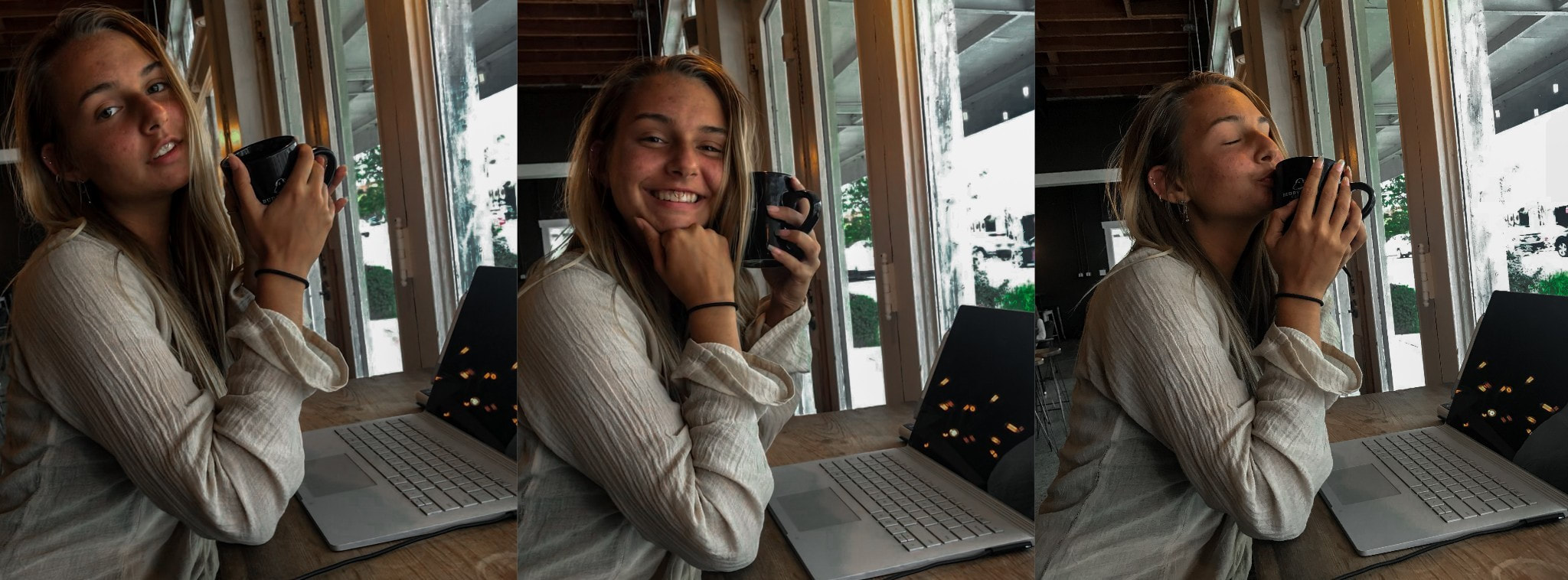
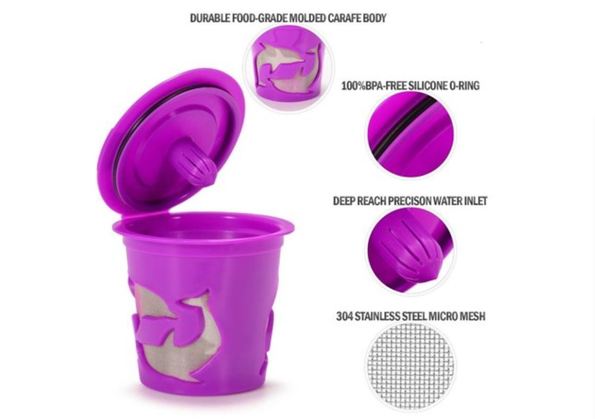
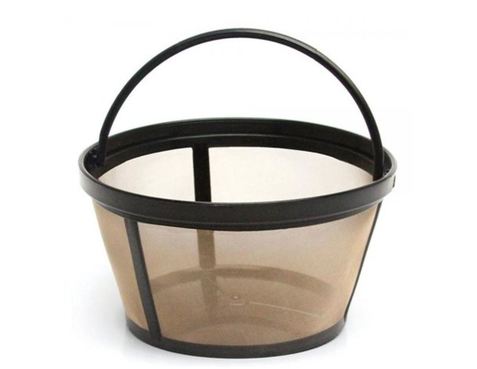
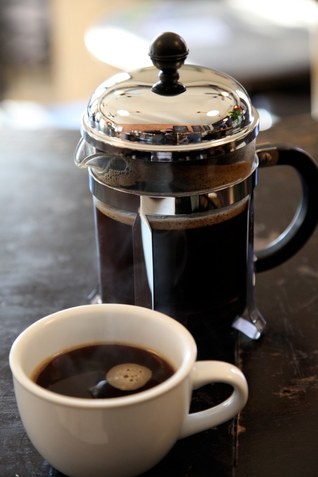
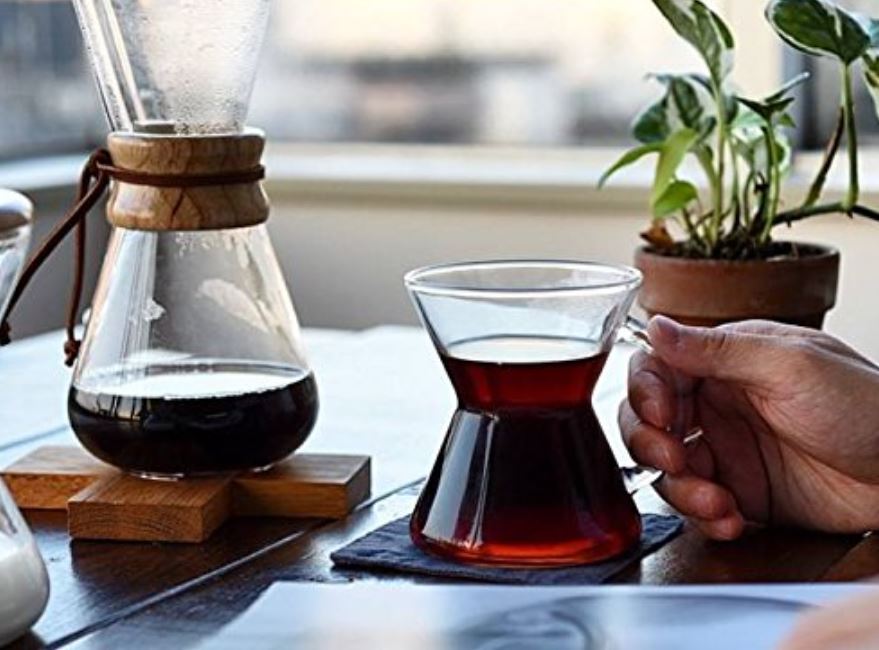

 RSS Feed
RSS Feed